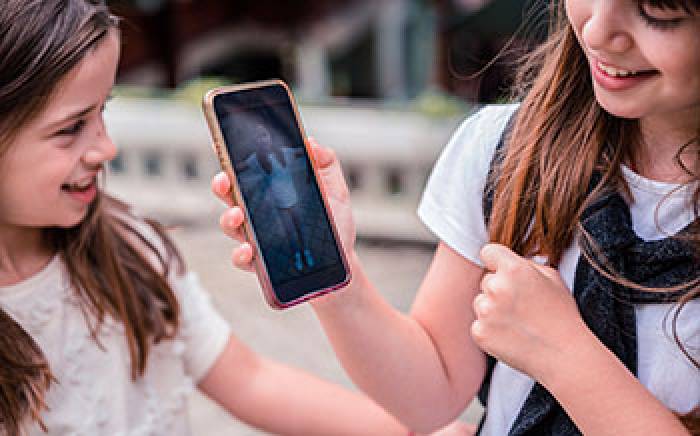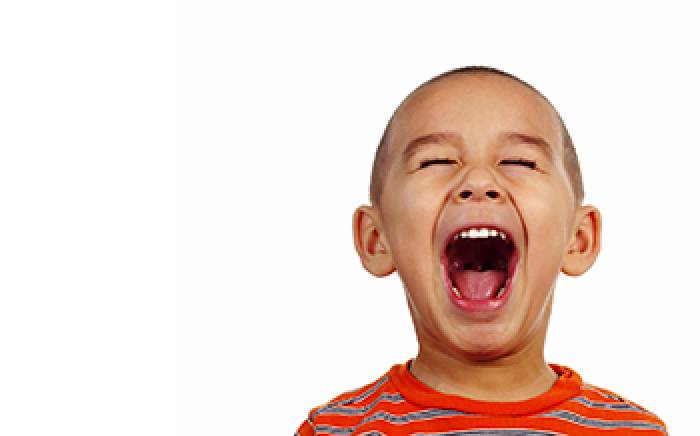Extroverts and introverts have different social needs, but it is possible to keep everybody happy.
These two personality labels are getting a lot of buzz right now. If some members of your family are introverted while others are extroverted, socializing in a way that makes everyone happy may sometimes feel like a challenge.
“Introversion and extroversion refers to activities that energize us or help us recharge,” says Catherine Hutter, PhD, a clinical psychologist at St. Louis Children’s Hospital. “Introverts may feel recharged after solitary activities while extroverts may prefer activities with a group to recharge.”
Introverted and extroverted children may process the world around them in different ways as well. Introverts’ brains tend to be more active in the parts of the brain that control decision-making and planning. Extroverts’ brains are more active in the parts that control listening and watching. This is why, generally speaking, introverted children are more reserved and quiet, while extroverts are more socially engaged—their brains are stimulated in different ways.
Introversion Versus Shyness
With that in mind, it is possible for a child to be a shy extrovert or an outgoing introvert.
“Shyness is a reluctance to engage in social situations,” Hutter says. “At its extreme point, shyness can overlap with social anxiety, which can include avoiding social interactions or experiencing a high level of distress when being social.”
If your child’s shyness is debilitating, seek help from a medical professional. Extreme shyness that keeps children from doing everyday things, such as eating in front of others or using a public bathroom, could be a sign of social anxiety.
Introverts, however, do not fear socializing, but prefer to avoid others so they can spend time by themselves instead.





